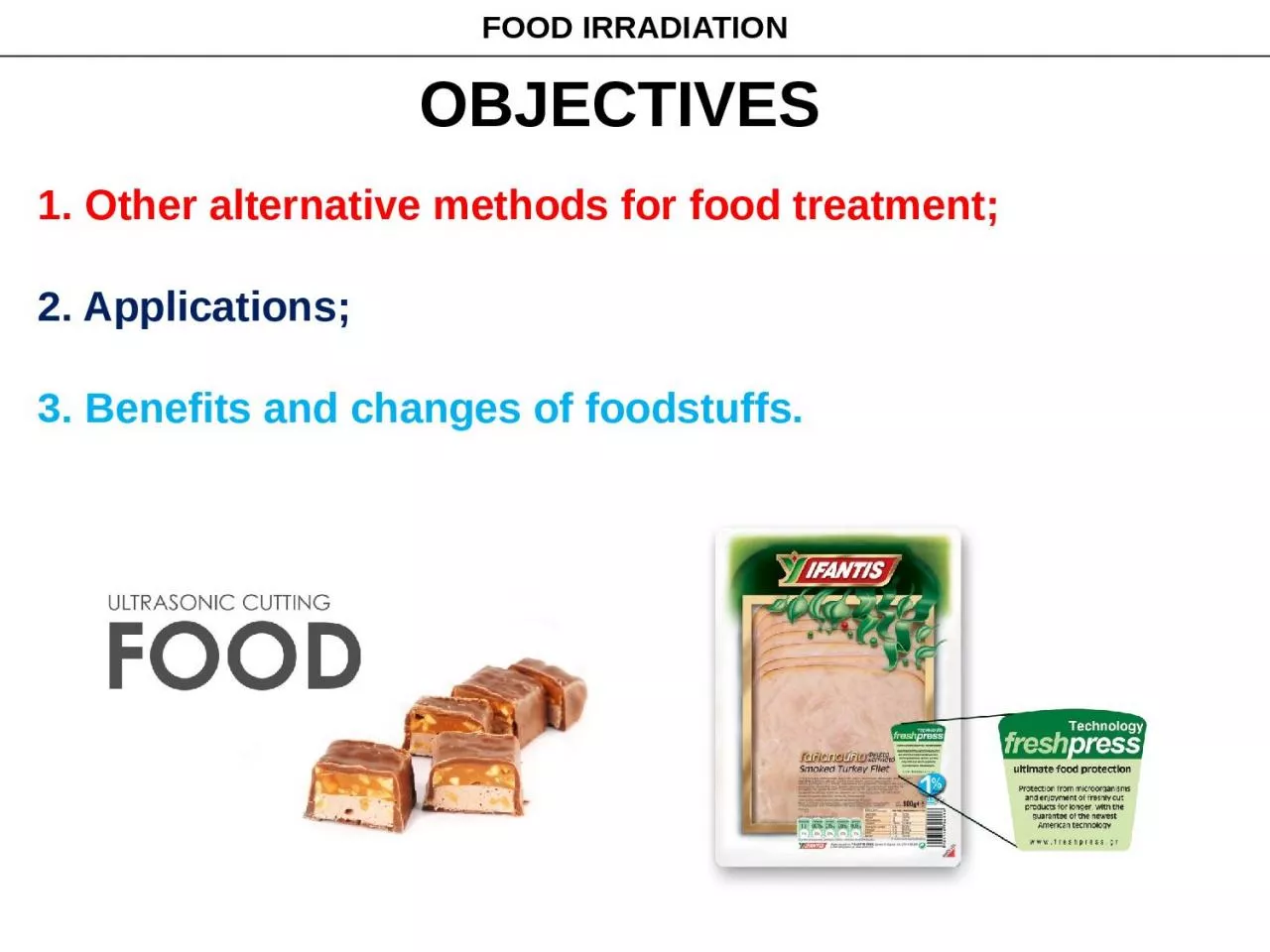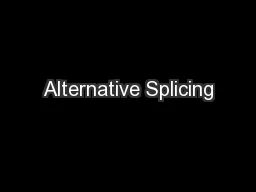PPT-OBJECTIVES 1. Other alternative methods for food treatment;
Author : holly | Published Date : 2024-03-15
2 Applications 3 Benefits and changes of foodstuffs FOOD IRRADIATION 1 ALTERNATIVE METHODS FOR FOOD TREATMENT 1 Ultrasound treatment sonication Sound frequency
Presentation Embed Code
Download Presentation
Download Presentation The PPT/PDF document "OBJECTIVES 1. Other alternative methods..." is the property of its rightful owner. Permission is granted to download and print the materials on this website for personal, non-commercial use only, and to display it on your personal computer provided you do not modify the materials and that you retain all copyright notices contained in the materials. By downloading content from our website, you accept the terms of this agreement.
OBJECTIVES 1. Other alternative methods for food treatment;: Transcript
Download Rules Of Document
"OBJECTIVES 1. Other alternative methods for food treatment;"The content belongs to its owner. You may download and print it for personal use, without modification, and keep all copyright notices. By downloading, you agree to these terms.
Related Documents














